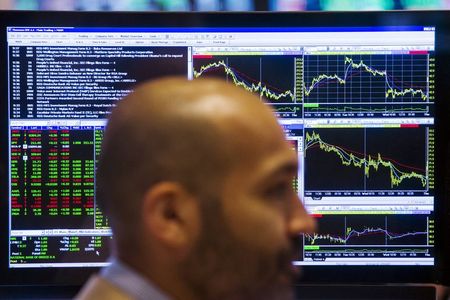Follow us on LinkedIn
Technical analysis is a technique that attempts to forecast future price movements by analyzing past price data and market trends. Technical analysts believe that all relevant information about a security is reflected in its price, and therefore believe that studying price changes can provide valuable insights into where the security is headed.
Technical indicators are mathematical calculations based on price, volume, or open interest figures. They are used to try and predict future market trends by analyzing past data. Technical indicators are often used by traders to help make decisions about when to buy or sell a security.
Reference [1] investigated the use of the Percent Bollinger (%b) indicator for trading. The Percent Bollinger indicator is a technical indicator that is derived from Bollinger Bands. Bollinger Bands are a volatility indicator that consists of three bands: an upper band, a lower band, and a middle band. The Percent Bollinger indicator is calculated by taking the difference between the security’s price and the lower Bollinger Band and dividing it by the difference between the upper and lower Bollinger Bands.
The article pointed out,
This paper investigates the profitability of technical analysis in a portfolio of integrated oil and gas companies. Using data of 21 individual companies for the period 01/07/2011 to 30/06/2021, we examine the Percent Bollinger (%b) technical trading rule against the benchmark buy-and-hold (B&H) policy. Our results show that the %b generates positive returns, lower drawdowns and smaller ulcer index as compared to the B&H. Risk-return trade-off analysis confirms the superiority of the technical strategy, where it produces greater ulcer performance index, Sharpe and Sortino ratios. These metrics confirm that returns from the technical rule are not characterized by higher risks. Our findings suggest that stock prices of these oil and gas companies neither fully nor rapidly capture historical price patterns, allowing traders to exploit and earn abnormal returns. The results are inconsistent with weak form market efficiency.
The results are interesting, but it appears that the authors have drawn their conclusion using in-sample testing only.
What we found noteworthy is that the paper showed the increasing volume of academic research on technical analysis. Why is that? Because of the rise of social media, computing power, or something else?
Let us know what you think in the comments below or in the discussion forum.
References
[1] Safwan Mohd Nor, and Nur Haiza Muhammad Zawawi, Technical trading profitability: Evidence from international oil and gas companies, AIP Conference Proceedings 2644, 030036 (2022)
Further questions
What's your question? Ask it in the discussion forum
Have an answer to the questions below? Post it here or in the forum




